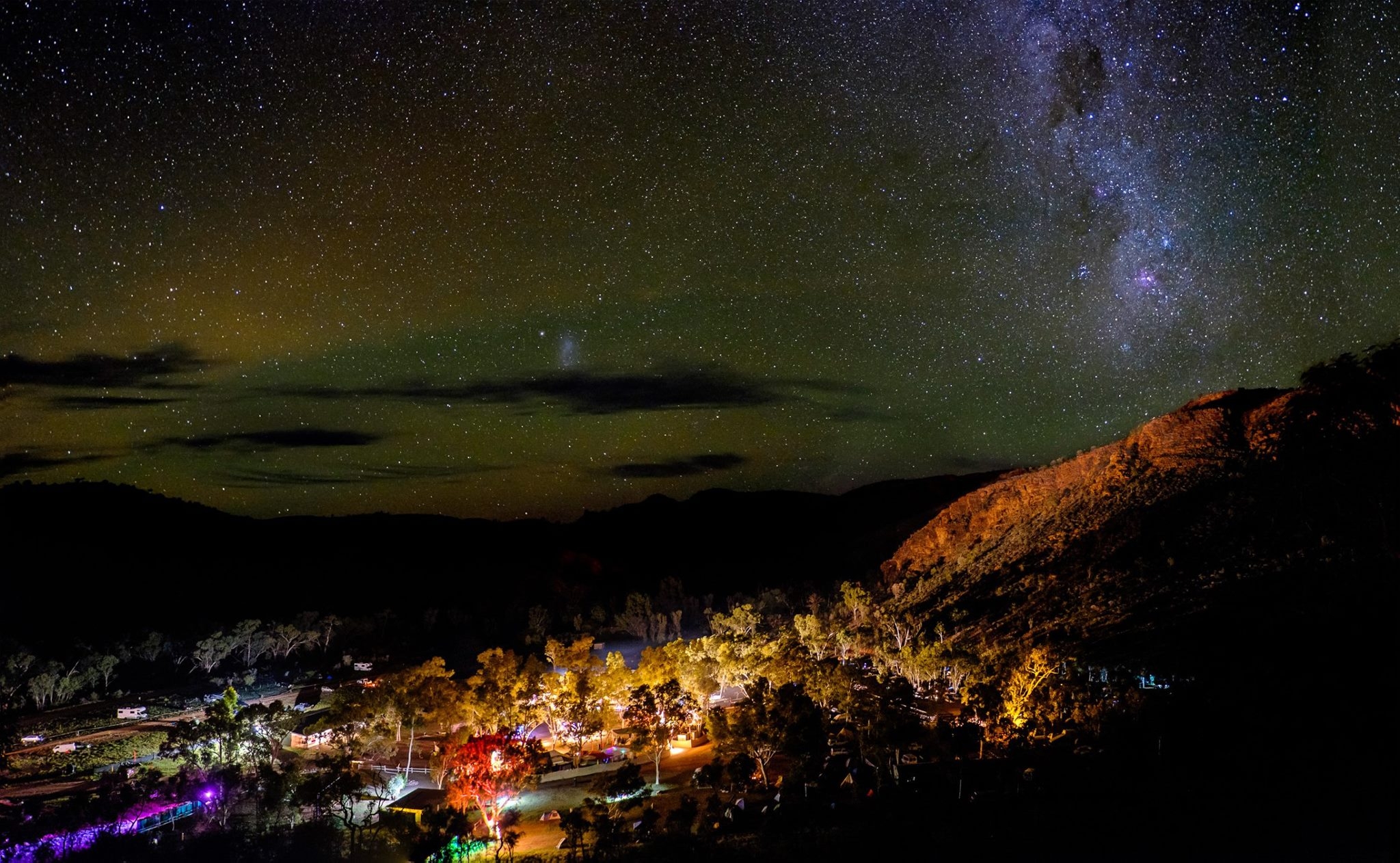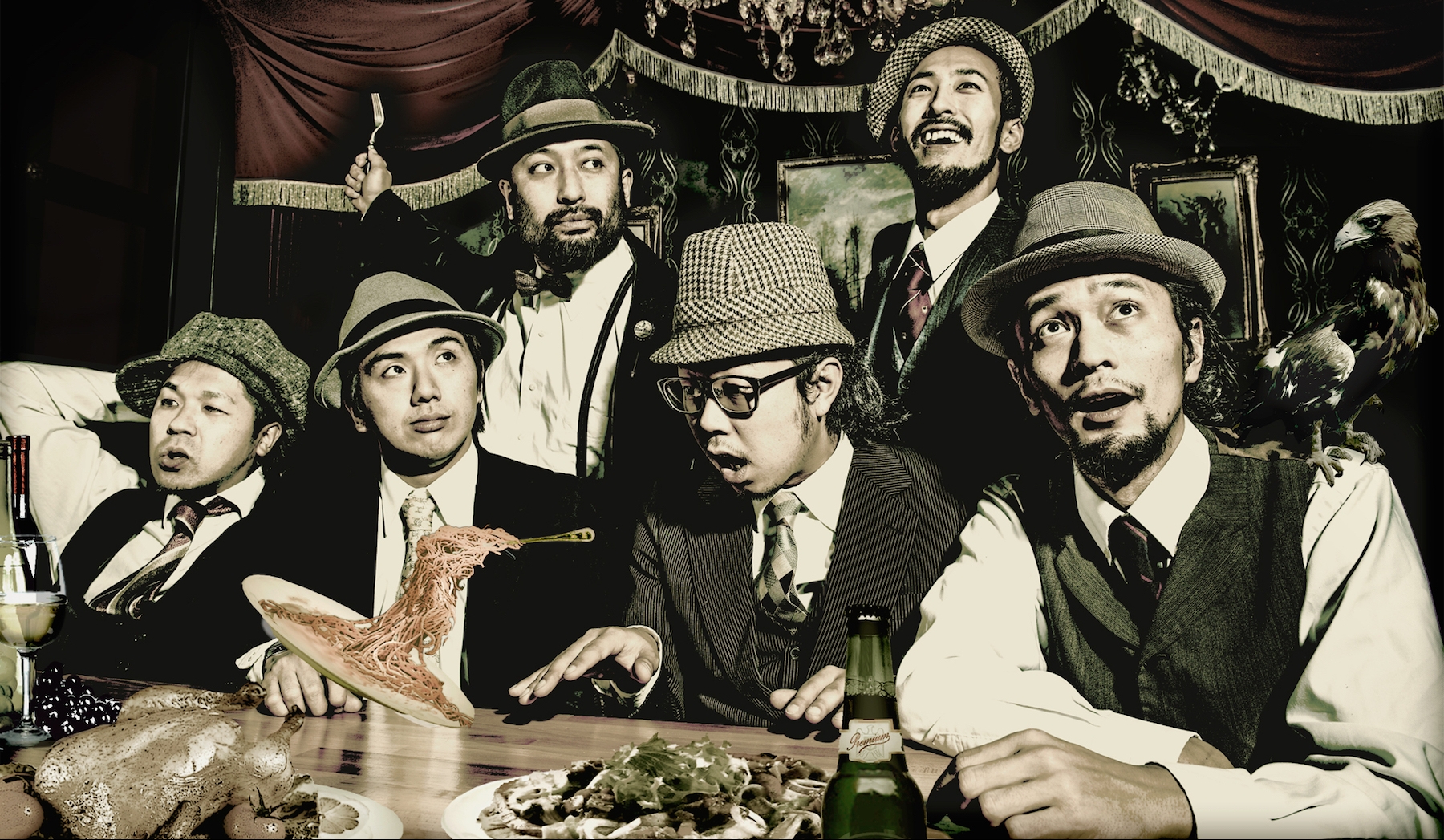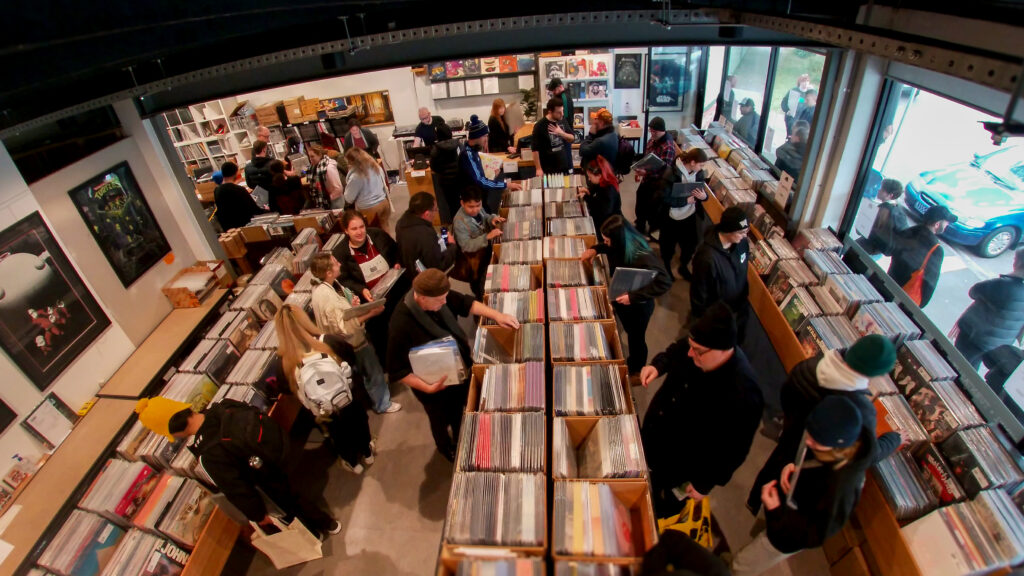“The festival has been running for eight years, and it’s certainly grown a lot in that time,” he says. “We started out as an opportunity to throw a bit of a party for an extended group of friends with some of our favourite artists from around Australia. It proved quite popular and it’s grown organically since then. After three or four years we suddenly had a thousand or more people, and so the personality of the festival has grown its own identity now, which is much bigger than our original vision.
“It’s the culmination of a whole group of people now, in this really unique location. There’s a very strong community out in the Northern Territory, particularly in Central Australia. A lot of artists, a lot of motivated people, a lot of community projects; people are very DIY in their approach to putting things on. It’s a very active community, and they’re very involved with us. We use the festival as a bit of a platform for all of that activity that’s happening around the year, and showcase this amazing talent out here.”
Part of the festival’s ethos is the celebration of desert culture, something I freely admit to knowing very little about. Having spent many years moving up and down coastlines, the desert is very much an abstract image in my head, full of hard earth and deadly snakes. But the reality is far different. The culture of Central Australia is a vibrant mix of Indigenous and non-Indigenous history, and the landscape is much more alluring than you’d think.
“It’s a complex set of ingredients,” says Large. “There’s obviously a rich Indigenous culture out there, which is also still an active culture. They speak their native tongue, they still live on their country and practice traditional ceremonies. But they live in a contemporary world. They love reggae, they have mobile phones, Facebook profiles. So there’s this really ancient tradition mixed with a really savvy contemporary culture. And then of course there’s the non-Indigenous people who live there, who are predominantly working in Indigenous services, which might be health, education, arts, media. It sets up a really interesting sequence of social networks.
“And obviously the landscape in itself is a whole other thing. A lot of people haven’t been to the centre of Australia, and their idea of what it looks like is a very 2D idea. Most people think of the outback as Western Victoria or New South Wales, which is mostly pretty flogged out cattle and sheep country. The centre isn’t like that at all. It’s the wrong environment for crops, so a lot of it hasn’t ever been farmed and it’s in really good condition. It’s vibrant country, much more green and lush and abundant than people think.”
By all reports (and after looking through countless dazzling photos), WOS looks very much like an oasis. The punters it attracts are engaged and encouraging people, where trust is high and friendships forged for life. It seems to share an affinity with other festivals like Rainbow Serpent and Woodford, although with several crucial differences.
“We’re more intimate. We’ve grown a lot through word-of-mouth, and we’ve done that quite purposefully so we grow through a network of people. For locals, it’s an opportunity to see the best of NT culture with a high level of production, and visitors get to see a part of Australia they might not have seen before, and experience something really unique. We put on a good show, it’s not just a bush doof.
“Put it this way: if we put on an obvious festival that looked a whole lot like of other festivals on the east coast, why would people bother to come? Part of our intrigue, our point of difference, is putting emerging artists from interstate alongside established artists. Getting local NT artists who we know have got the chops to stand on a main stage and deliver, but have never had the opportunity before. So we put them alongside acts like Saskwatch, and what we find is that if we give them that confidence, they really step up. We like people who are innovating, who are doing something fresh rather than just churning out the same old stuff.”
For those who remain freakishly unmoved by Large’s descriptions, there is one final consideration before you drop this mag and start packing a bag.
“It’s a resort: there’s hot showers, flush toilets, a pool. We have a pool party in the middle of the desert, it’s amazing. It’s a really comfortable spot, and it really turns people’s idea of what the desert is on its head. It’s so spectacular and lush and grassy and shady. People expect a dusty paddock, and instead they find us.”
BY ADAM NORRIS







